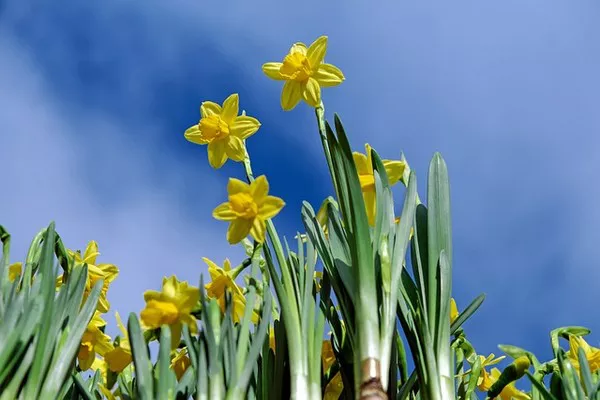Flowers have long been admired for their ephemeral beauty, captivating colors, and delicate textures. The art of preserving flowers in a frame allows us to extend their lifespan and cherish their aesthetic appeal for years to come. Whether it’s a meaningful bouquet from a special occasion or a hand-picked flower from a cherished garden, framing flowers offers a unique and sentimental way to create lasting memories. In this article, we will explore the step-by-step process of preserving flowers in a frame, as well as some tips to ensure the best results.
1. Selecting the Right Flowers
The first step in preserving flowers in a frame is selecting the right blooms. Not all flowers are suitable for preservation, as some may lose their color or shape during the drying process. Choose flowers that are relatively sturdy and have vibrant colors. Popular choices for preservation include roses, daisies, lavender, and baby’s breath. Ensure that the flowers are fresh and free from any blemishes or damage.
2. Picking the Perfect Time
Timing is crucial when it comes to preserving flowers. Ideally, you should pick the flowers when they are at their peak of freshness and beauty. Avoid picking flowers that are too mature or have begun to wilt, as they may not retain their shape and color after drying.
3. Drying the Flowers
There are several methods to dry flowers, each with its advantages. One of the simplest and most effective techniques is air drying. To air dry flowers, gather the stems into small bundles and secure them with rubber bands. Hang the bundles upside down in a warm, dry, and well-ventilated area. It’s important to keep the flowers away from direct sunlight, as this can cause fading.
Another popular drying method is using silica gel. Silica gel is a desiccant that absorbs moisture from the flowers while maintaining their shape. Gently place the flowers in a container filled with silica gel, making sure the petals are not touching. Seal the container and let the flowers sit for several days until completely dry.
4. Preparing the Frame
Select a frame that complements the size and shape of the preserved flowers. Frames with a glass front and a deep frame depth are ideal for preserving flowers, as they allow enough space between the glass and the flowers to maintain their three-dimensional appearance.
Before placing the flowers in the frame, ensure that the glass is clean and free from any dust or fingerprints. Consider using acid-free mounting materials to prevent any potential damage to the flowers over time.
5. Arranging the Flowers
Once the flowers are fully dried, it’s time to arrange them in the frame. Arrange the flowers in a way that showcases their natural beauty and complements the overall aesthetics of the frame. You can create a focal point by placing a single large bloom in the center or create a delicate composition with multiple flowers of varying sizes.
Experiment with different layouts before settling on the final arrangement. Use tweezers or small tongs to adjust the position of the flowers and avoid touching them with your fingers, as this could cause damage.
6. Securing the Flowers
To keep the flowers securely in place, you can use acid-free adhesive or clear craft glue. Apply a small amount of glue to the back of each flower and gently press it onto the mounting board. Be careful not to use too much glue, as it may seep out from under the flowers and create unsightly marks.
7. Adding Finishing Touches
Consider adding a background or decorative elements to enhance the overall presentation. You could use colored paper, fabric, or even a pressed leaf as a backdrop for the flowers. Be sure to choose materials that are acid-free to prevent any discoloration over time.
8. Framing and Displaying
Once the flowers are securely in place and any additional elements have been added, carefully place the frame backing and secure it in place. Double-check that everything is aligned and centered before sealing the frame.
Finally, choose an appropriate location to display your framed flowers. Avoid placing them in direct sunlight, as this can cause the colors to fade over time. Instead, opt for a spot where they can be admired and cherished without being exposed to excessive light or moisture.
Conclusion
Preserving flowers in a frame is a rewarding and timeless art form that allows us to cherish the beauty of nature long after the blooms have faded. With careful selection, drying, and arranging, you can create a stunning keepsake that will evoke memories and add a touch of nature’s elegance to your living space. So, the next time you receive a beautiful bouquet or spot a captivating flower in your garden, consider preserving it in a frame to immortalize its beauty and create a lasting piece of art.


